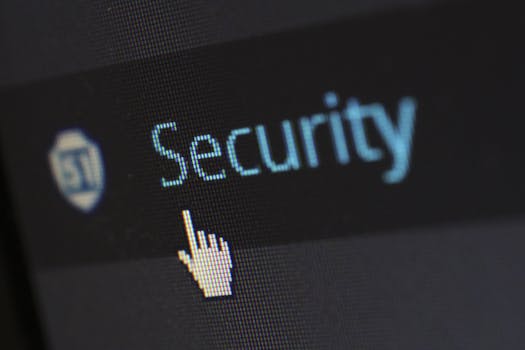Change the Default Password of Your Wi-Fi Router to Prevent Unauthorized Access to the Network
In today’s digital age, securing your home network is more crucial than ever. With the increasing number of devices connected to the internet, from smartphones to smart home devices, the risk of unauthorized access to your Wi-Fi network has escalated. One of the simplest yet most effective ways to enhance your network security is by changing the default password of your Wi-Fi router. This article explores the importance of this practice, the risks associated with default passwords, and practical steps to secure your network.
The Risks of Using Default Passwords
Many users overlook the significance of changing their router’s default password. Unfortunately, this oversight can lead to severe security vulnerabilities. Here are some key risks associated with using default passwords:
- Easy Access for Hackers: Default passwords are often publicly available. Cybercriminals can easily find lists of default credentials for various router models online, making it simple for them to gain unauthorized access.
- Network Interference: Once a hacker gains access, they can interfere with your network, potentially slowing down your internet speed or even using your connection for illegal activities.
- Data Theft: Unauthorized users can access sensitive information transmitted over your network, including personal data, financial information, and login credentials.
- Device Compromise: With access to your network, hackers can compromise connected devices, turning them into bots for larger attacks or stealing data from them.
Statistics Highlighting the Importance of Changing Default Passwords
Statistics reveal the alarming reality of network security. According to a report by the Cybersecurity & Infrastructure Security Agency (CISA), over 80% of data breaches are caused by weak or stolen passwords. Furthermore, a study by the Ponemon Institute found that 56% of organizations experienced a data breach due to poor password management. These statistics underscore the necessity of taking proactive measures, such as changing default passwords, to safeguard your network.
Steps to Change Your Wi-Fi Router Password
Changing your Wi-Fi router password is a straightforward process. Follow these steps to enhance your network security:
- Access the Router’s Admin Interface: Connect to your network and enter the router’s IP address in your web browser. Common IP addresses include 192.168.1.1 or 192.168.0.1. You may need to consult your router’s manual for the exact address.
- Log In: Use the default username and password to log in. This information is usually found on a sticker on the router or in the user manual.
- Navigate to Wireless Settings: Once logged in, look for the wireless settings or security settings section.
- Change the Password: Enter a new, strong password. A good password should be at least 12 characters long and include a mix of uppercase letters, lowercase letters, numbers, and special characters.
- Save Changes: After updating the password, ensure you save the changes and log out of the admin interface.
Best Practices for Creating a Strong Wi-Fi Password
To further enhance your network security, consider the following best practices when creating a new Wi-Fi password:
- Avoid Common Words: Do not use easily guessable words or phrases, such as “password” or “123456.”
- Use a Passphrase: Consider using a passphrase made up of random words or a sentence that is easy for you to remember but hard for others to guess.
- Regularly Update Your Password: Change your Wi-Fi password every few months to minimize the risk of unauthorized access.
- Enable WPA3 Security: If your router supports it, use WPA3 encryption for better security compared to older protocols like WEP or WPA2.
Conclusion
Changing the default password of your Wi-Fi router is a critical step in protecting your home network from unauthorized access. With the increasing prevalence of cyber threats, taking proactive measures to secure your network is essential. By understanding the risks associated with default passwords, following the steps to change your password, and implementing best practices for creating strong passwords, you can significantly enhance your network security. Remember, a secure network not only protects your personal information but also contributes to a safer online environment for everyone.
